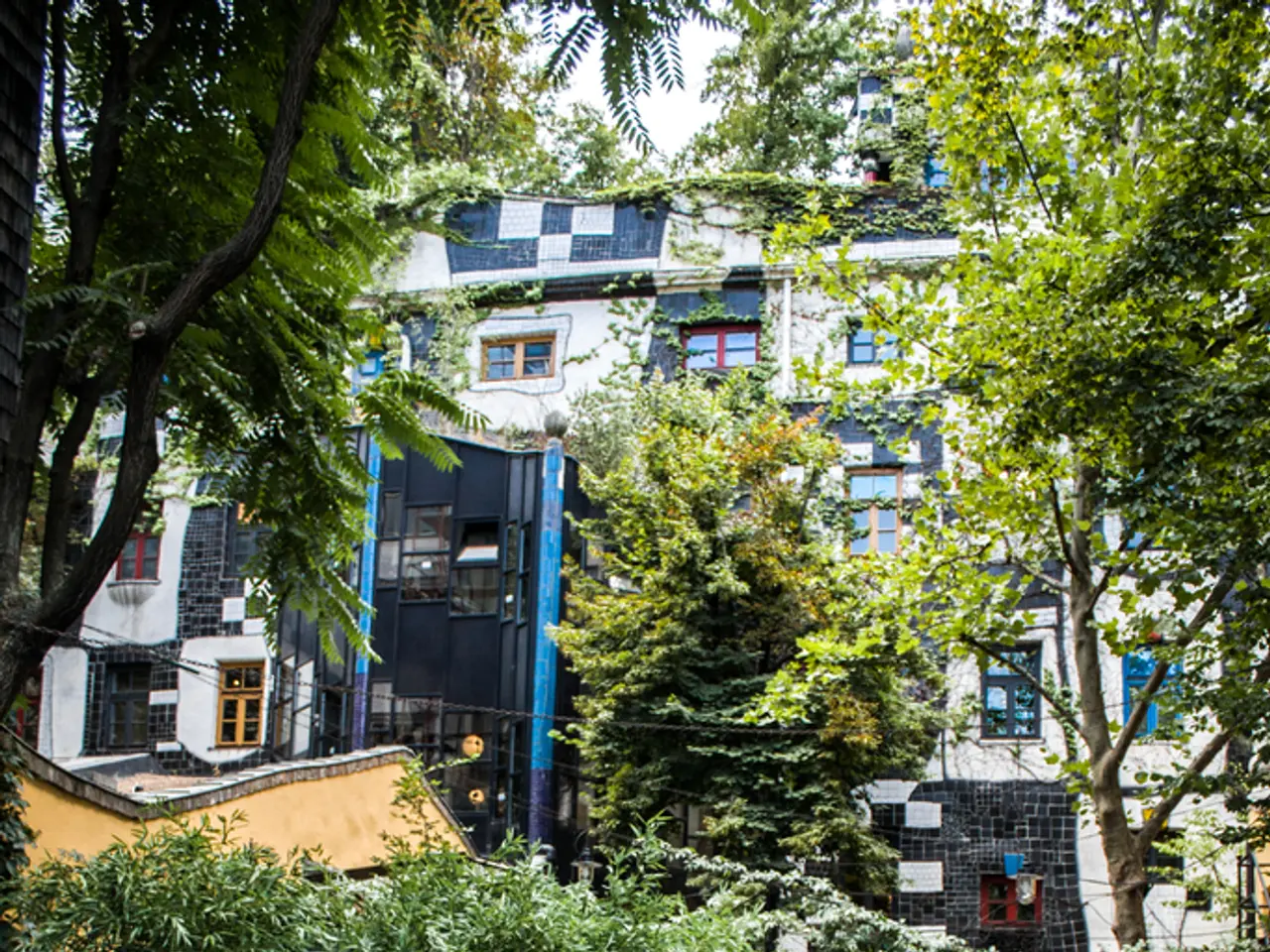Surviving Summer Heat Waves: Strategies for City Dwellers
Beat the Heat: Surviving Summer in the Southwest
As the mercury soars in the southwest, reaching as high as 38°C in some regions, it's crucial to take precautions to stay cool and safe. Here are some tips to help you cope with extreme heat in urban areas.
Protect Yourself
- Clothing: Choose clothing made from natural fibers like cotton or linen, and opt for light colors and loose fits to prevent clothing from heating up.
- Indoor Cooling: Darkening rooms with blinds or curtains can help keep apartments cool. Going to bed with a hot water bottle filled with cold water, as advised by the Federal Institute for Public Health, can help cool down. Using a fan with a bowl of ice cubes, as recommended by the Robert Koch Institute (RKI), can also help cool a room.
- Body Cooling: Cool towels on your forehead, calves, or forearms can draw heat from your body and make it easier to fall asleep. A cold shower might seem tempting, but it's actually quite stressful for the body, and opting for a warm shower is gentler on the circulation. Cold foot baths or a wet cloth on the neck can help lower body temperature.
Stay Hydrated
- Fluids: Drinking plenty of fluids is essential on hot days: aim for at least 2-3 liters of water per day, spread out throughout the day. Avoid ice-cold drinks, alcohol, and caffeinated drinks, as they can deplete the body of water.
Cope with Urban Heat
- Large-scale Planning: Conserving natural areas, creating ventilation corridors, optimizing building spacing and urban geometry to reduce heat trapping can help reduce urban temperatures.
- Small-scale Design: Orienting buildings and streets to maximize shade, adding shade structures, using cool roofs, cool pavements, and reflective walls to decrease heat absorption can also help.
- Increasing Vegetation: Implementing urban forestry, green roofs, parks, greenways, and strategic planting of trees especially deciduous trees near buildings to provide shade and cooling via evapotranspiration can be effective.
- Reducing Waste Heat: Enhancing building energy efficiency, lowering vehicle use by encouraging public transit and active transport, and using cool surface materials decrease heat emissions and improve resilience.
- Emergency Preparedness: Cities like Chicago use vulnerability assessments to identify heat "hot spots" and adopt green infrastructure, reflective roofing, rooftop gardens, and implement heat resilience plans to protect vulnerable populations.
- Community Programs: Initiatives such as Fairfax County's “AC Rescue” provide cooling support to vulnerable residents; tree canopy expansion and heat-resilient urban design guidelines further support coping capacity.
- Nature-based Solutions: Green corridors, cool roofs, permeable pavements, and shade-providing landscaping reduce the urban heat island effect and mitigate extreme heat impacts while supporting climate goals.
Adjust Your Activities
- Timing: It's best to do physical activities like sports, shopping, or gardening in the early morning or late evening hours when the sun is less intense.
- Energy Efficiency: Heat sources that aren't necessary should be turned off on hot days, including many electronic devices. Ventilating properly is important: open windows and doors in the early morning or late evening, and keep them closed during the day.
- Transportation: On hot days, it's best to use public transit or active transport like cycling or walking instead of cars.
By following these tips, you can stay cool and comfortable during the hot summer months, and help reduce the urban heat island effect in your city. Remember, staying hydrated, dressing appropriately, and adjusting your activities are key to surviving the heat.
More science can be applied to reduce urban temperatures by optimizing building spacing and urban geometry, implementing urban forestry, creating ventilation corridors, and using cool roofs, cool pavements, and reflective walls. Incorporating more environmental-science concepts into health-and-wellness practices could involve increasing nutrition knowledge to better understand hydration needs during exercise and managing climate-change implications when planning outdoor fitness routines. Fitness-and-exercise schedules could be adjusted to early morning or late evening hours to avoid peak heat times, contributing to a more energy-efficient lifestyle, reducing waste heat, and improving overall health.




